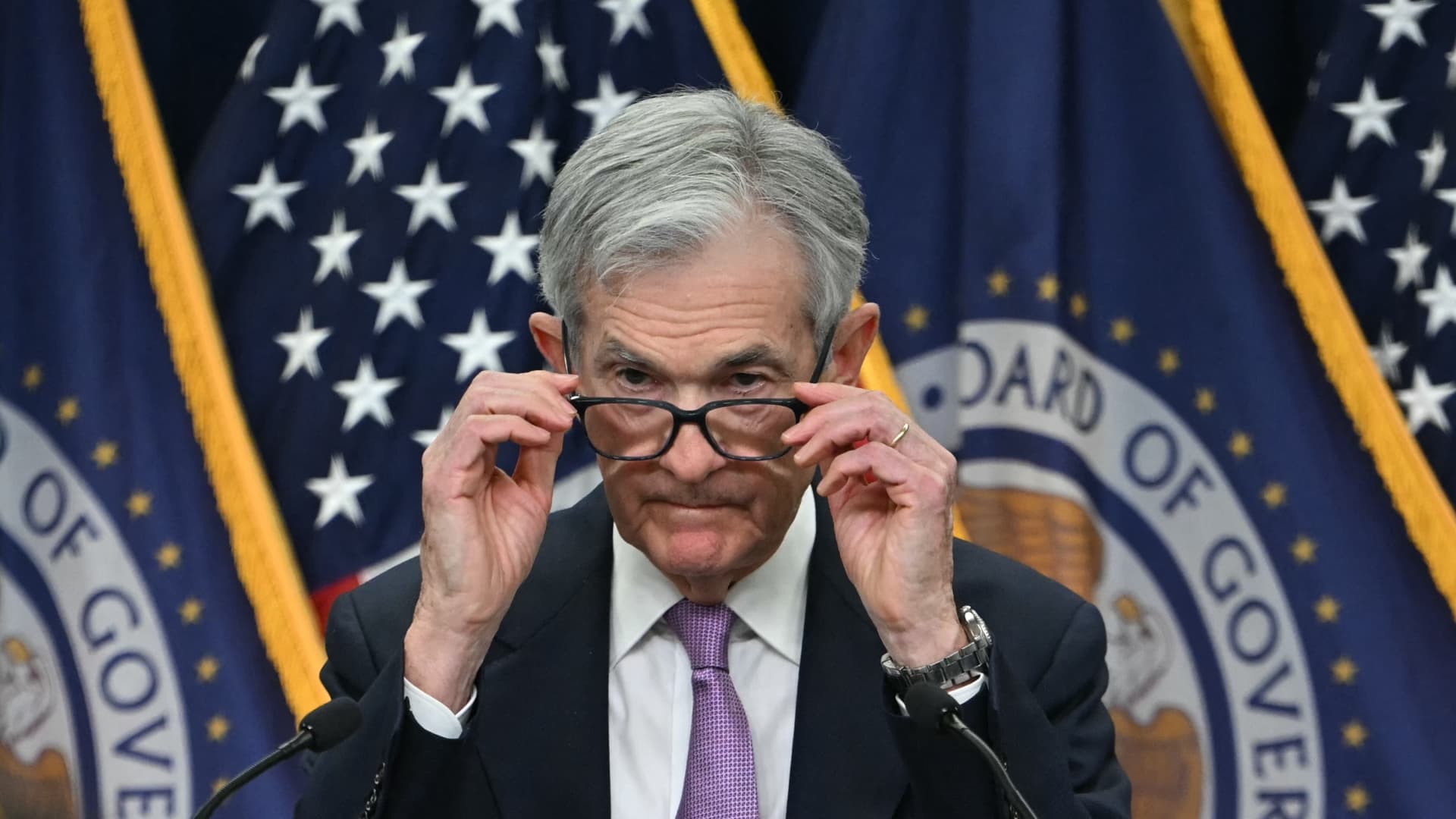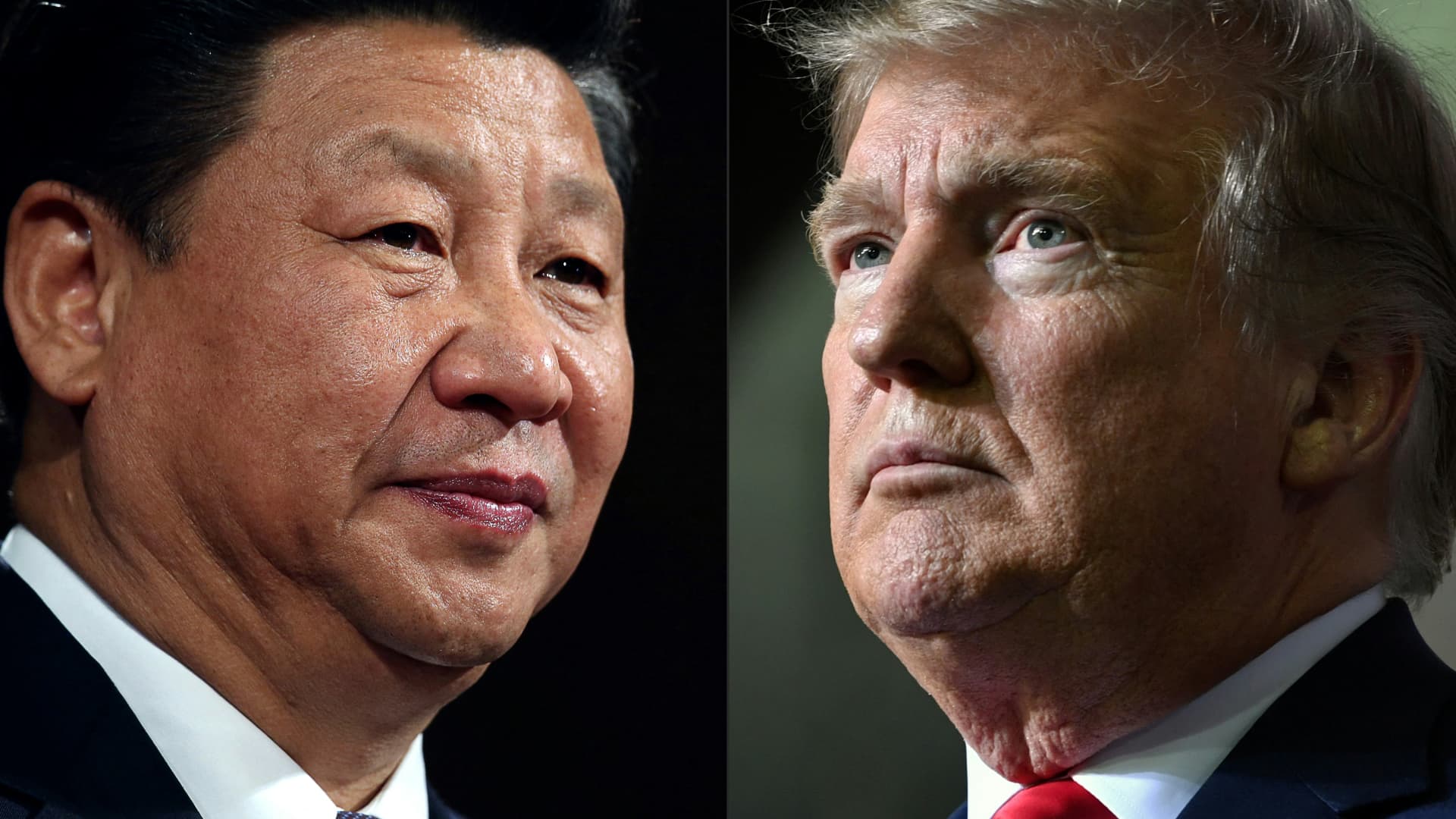Federal Reserve Chair Jerome Powell speaks during a press conference following the November 6-7, 2024, Federal Open Market Committee meeting at William McChesney Martin Jr. Federal Reserve Board Building, in Washington, DC, November 7, 2024.
Andrew Caballero-Reynolds | AFP | Getty Images
This report is from today’s CNBC Daily Open, our international markets newsletter. CNBC Daily Open brings investors up to speed on everything they need to know, no matter where they are. Like what you see? You can subscribe here.
What you need to know today
Fed cuts rates by 25 basis points
On Thursday, the U.S. Federal Reserve cut interest rates by 25 basis points, or a quarter percentage point, bringing the target range to 4.50%-4.75%. At the Fed’s news conference, chair Jerome Powell told reporters he would not resign if requested by Donald Trump, and that Trump does not have the power to fire or demote him.
Momentum behind markets
U.S. markets continued advancing on Thursday, propelled by postelection momentum. The pan-European Stoxx 600 index added 0.62%. Hong Kong’s Hang Seng index reversed gains to drop around 0.8% after the island’s central bank reduced its interest rate by 25 basis points, in lockstep with the Fed’s move.
New fiscal stimulus expected from China
China is expected to announce a new fiscal stimulus package when its parliament ends a five-day meeting on Friday. Analysts think the scale of support might be higher than initially planned because of Trump’s threats of tariffs – that might go as high as 60% – on Chinese imports.
Nissan’s bad quarter
Japanese automaker Nissan reported on Thursday that it made a net loss of 9.3 billion yen (around $62 million) during its fiscal second quarter. Operating profit, which is how much a company makes before taxes and other charges, plunged almost 85% year on year. Nissan also lowered its full-year outlook. Shares fell as much as 10% before recovering slightly.
[PRO] Bitcoin might hit $100,000
Bitcoin surged to its highest price of more than $76,000 after Trump won the U.S election. Analysts think the cryptocurrency can climb further to reach the $100,000 milestone by the end of the year.
The bottom line
Wednesday’s postelection rally, during which the S&P popped 2.53%, was the best postelection move in the index’s history, according to Deutsche Bank’s Jim Reid, head of global economics and thematic research.
Some of that momentum carried over to Thursday. The S&P continued its advance and gained 0.74%. Tech stocks, such as Apple, Meta Platforms and Nvidia, rose, helping the Nasdaq Composite climb 1.51% to close above 19,000 for the first time. The Dow Jones Industrial Average, however, petered out. The 30-stock index traded around the flatline, weighed down by losses in financial stocks.
“The market is signaling that a Trump administration would be good for growth and risk assets,” said Scott Helfstein, head of investment strategy at Global X ETFs, “but the combination of faster growth with new tariffs would be inflationary.”
If inflation resurfaces, the Fed’s likely to stay its hand in lowering rates. That concern might be dampening investors’ excitement in the stock market for now.
Powell, in yesterday’s press conference, maintained that “the election will have no effect on our policy decisions.” Still, the Fed would be impacted by the decisions of the next administration.
“Just in principle, it’s possible that any administration’s policies or policies put in place by Congress could have economic effects over time,” he said. “Forecasts of those economic effects would be included in our models of the economy.”
Data from the CME FedWatch Tool suggests some prudence is filtering into the market. According to the futures market, just 30.4% of traders think the Fed will cut rates again in January. By contrast, 53% expect the Fed to keep rates steady. Those percentages are contingent on the central bank lowering rates to 4.25%-4.50% in December.
Of course, that’s all prognostication, and we know how inaccurate polls and bets can be.
“By December, we’ll have more data, I guess one more employer report, two more inflation reports and lots of other data,” Powell said. The Fed prefers hard numbers. In markets, as in other aspects of our lives, that’s probably good advice.
— CNBC’s Jeff Cox, Lisa Kailai Han, Hakyung Kim, Jesse Pound and Alex Harring contributed to this report.
This story has been updated to clarify 53% of traders expect the Fed to keep interest rates steady in January, according to the CME FedWatch Tool.











